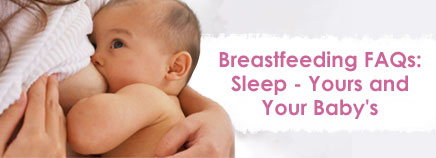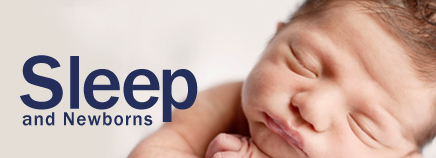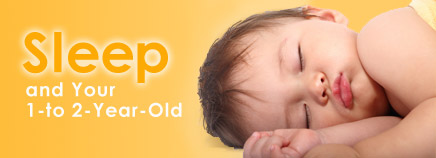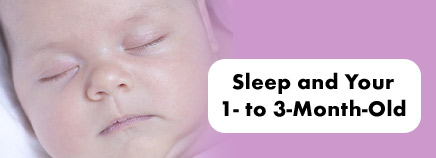The practice of bed-sharing — parents sharing a bed with their infant — is a hot topic. Supporters of bed-sharing believe that a parent’s bed is just where a baby belongs. But others worry that bed-sharing is unsafe. Co-Sleeping, Room-Sharing, and Bed-Sharing Many people use the terms “bed-sharing” and “co-sleeping” …
Breastfeeding FAQs: Sleep – Yours and Your Baby’s
Whether you’re a new mom or a seasoned parenting pro, breastfeeding often comes with its fair share of questions. Here are some answers to common queries that mothers — new and veteran — may have. Where should my baby sleep? There are many options for where your baby can sleep, …
Flat Head Syndrome (Positional Plagiocephaly)
Babies are born with soft heads to allow for the amazing brain growth that occurs in the first year of life. As a result, their heads are easily “molded.” Passage through the birth canal during childbirth can cause a newborn’s head to look pointy or too long. So it’s normal …
How Can I Be Sure My Baby Stays on Her Back While She Sleeps?
I know I’m supposed to put my baby on her back when she goes to sleep, but what if she rolls over in the night or spits up? – Arianne By having your baby sleep on her back, you decrease her chances of sudden infant death syndrome (SIDS). SIDS, the …
Is Bed-Sharing OK for My Baby?
I’m pregnant with my first child. I’m thinking about letting my baby sleep in bed with me and my husband. Is this OK? – Natalia Experts recommend room-sharing without bed-sharing to reduce the risk of sudden infant death syndrome (SIDS) and other sleep-related deaths in infants. Bed-sharing — letting your …
Naps
The Importance of Naps Nap. It’s a small word, but for most parents a hugely important one. Why? Sleep is a major requirement for good health, and for young kids to get enough of it, some daytime sleep is usually needed. Crucial physical and mental development occurs in early childhood, and …
Sleep and Newborns
Newborns don’t yet have a sense of day and night. They sleep around the clock, and because their tiny stomachs don’t hold hold enough breast milk or formula to keep them satisfied for long, they wake often to eat — no matter what time of day or night it is. …
Sleep and Your 1- to 2-Year-Old
Toddlers are more and more aware of their surroundings, so distractions might disrupt them at bedtime. Their growing imaginations can start to interrupt sleep, too. Now more than ever, a simple and consistent bedtime routine is a parent’s best bet for getting a sleepy toddler snugly into bed. How Much Sleep …
Sleep and Your 1- to 3-Month-Old
Just when you think that getting more shut-eye is a far-off dream, your baby will begin to sleep longer stretches at night. Baby’s sleep cycle is getting closer to yours, and he or she may be feeding less often at night. But don’t assume you’ll be hitting the snooze button just yet. …
Sleep and Your 4- to 7-Month-Old
By this age, your baby should be well on the way toward having a regular sleep pattern. Some infants, particularly those who are breastfed, may still wake at night. But most no longer need a middle-of-the-night feeding. How Long Will My Baby Sleep? Most babies this age should sleep 12 …










